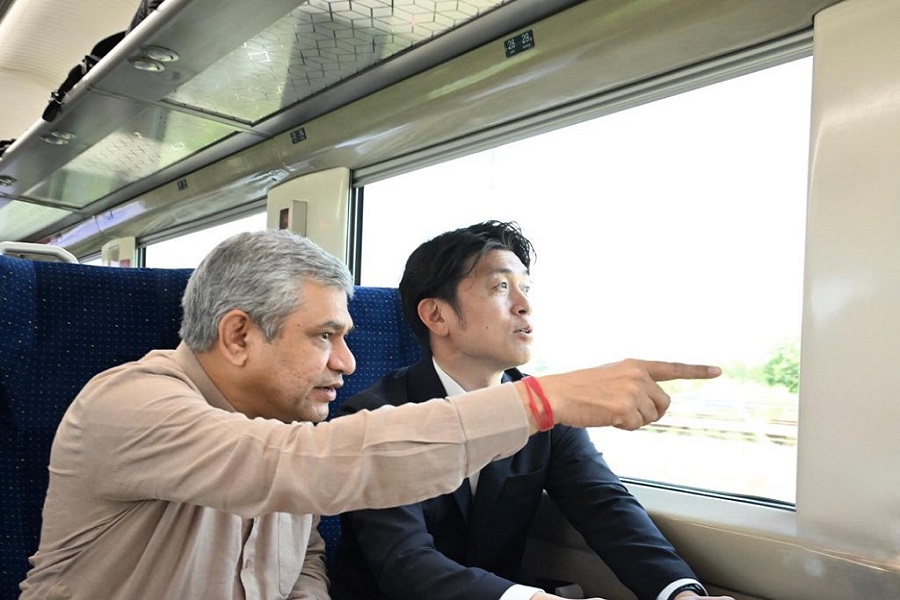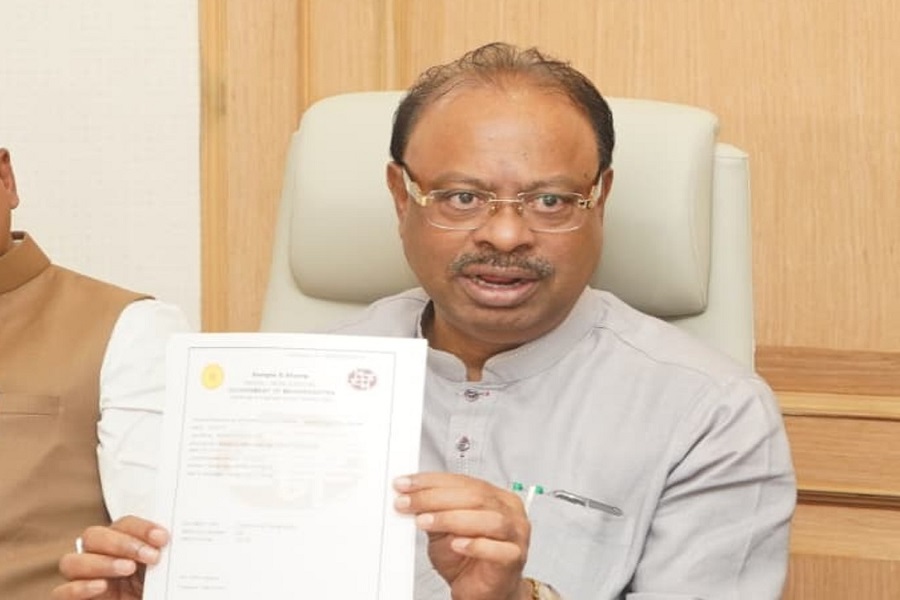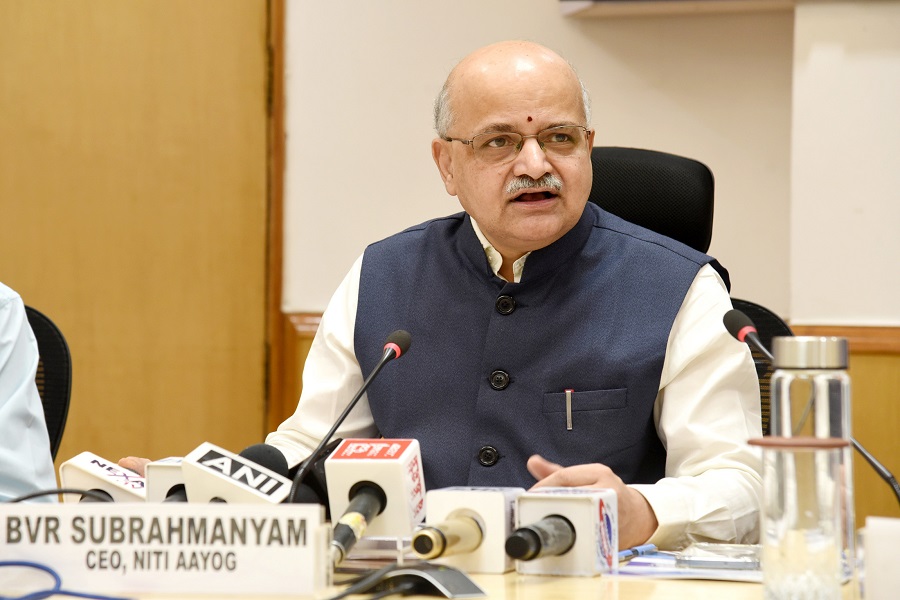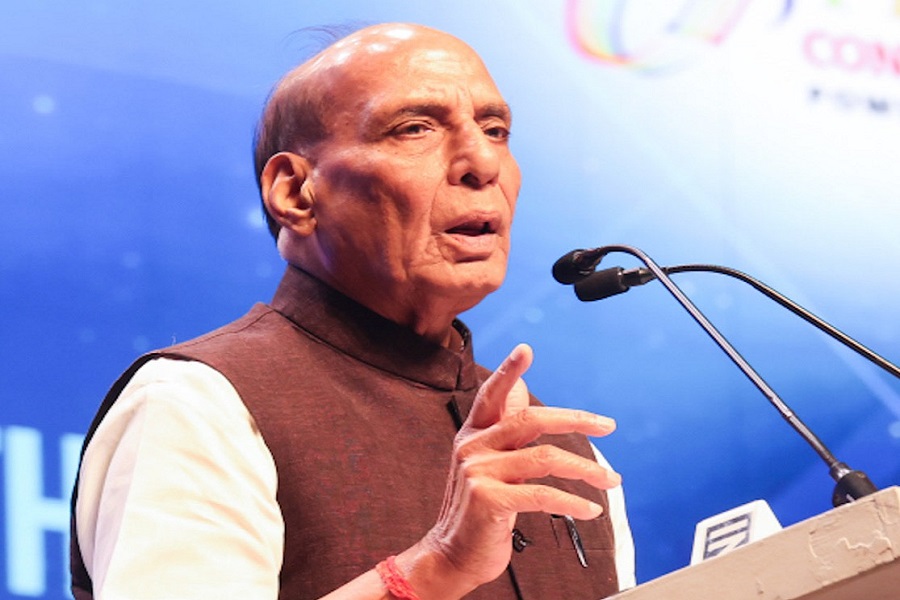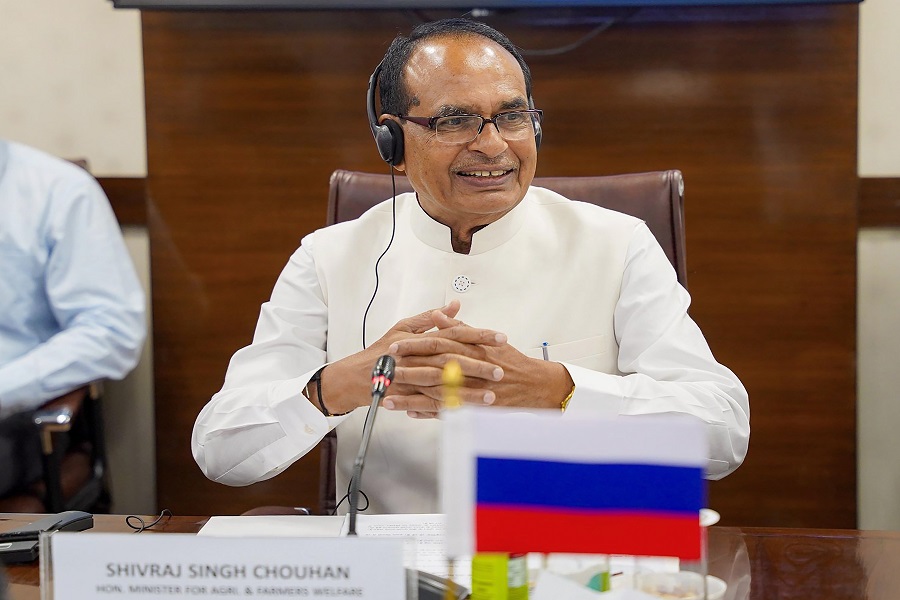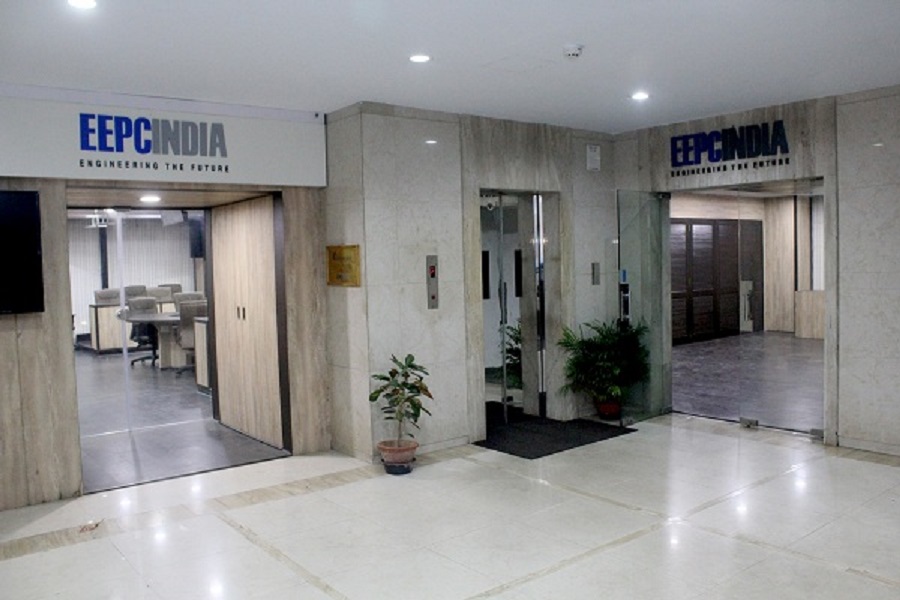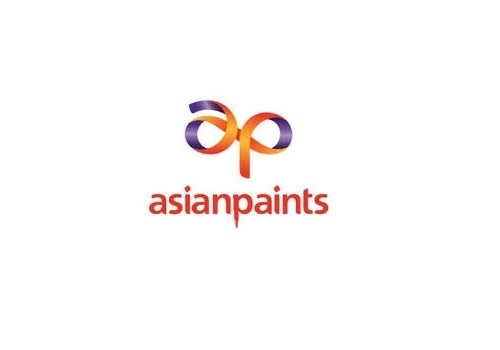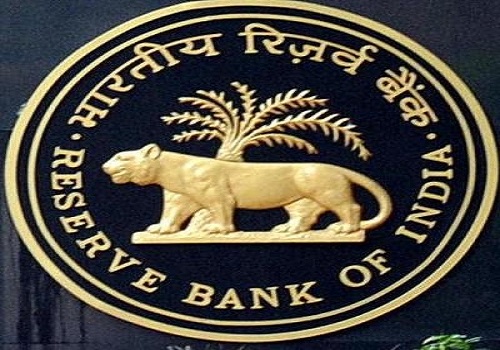Market Outlook 2022 By Kotak Mutual Fund
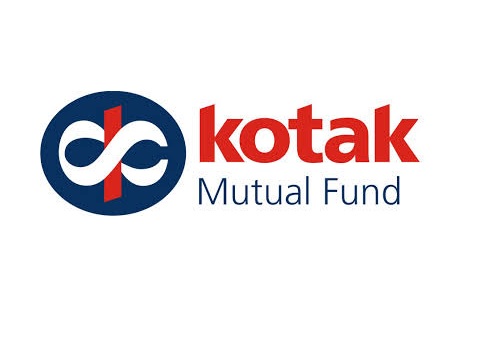
Global Economy
Central banks have printed and pumped a huge amount of money into the global financial system to keep interest rates low in the hope of driving economic growth. The G10 central bank balance sheet now has crossed US$ 25 trillion.
Globally, equity markets have run up sharply, while there are certain red zones that exist at the same time. Today, more than half of US growth stocks actually have negative earnings and are still at higher valuations.
Now Inflation is rising in most parts of the world. Emerging markets have especially started raising rates and some developed markets will follow them.
China plays an important role in the global economy. Concerns are emerging around China’s debt fueled GDP growth - following in the footsteps of Japan in terms of debt as a % of GDP and Government, households and non-financial corporates are heavily leveraged.
Indian Economy
Fortunately for India, even with the Omicron variant, active cases have remained below one lakh. Business activity is now above the pre-pandemic level and this is reflected in the business resumption index touching 114.9 from a bottom of 63.2 in the second wave. Looking at various high frequency indicators, 19 out of 22 indicators are now showing positive momentum and only three indicators show negative momentum. It’s fair to say that overall, the economy has picked up momentum and we are seeing a V shaped recovery in many segments and a K shaped recovery in few segments.
GST collections have remained consistently above Rs one lakh crore in the last two months. Private equity investments have been fairly positive. India’s services activity remained elevated in November, recording a marginal drop from the previous month, after registering the strongest growth in more than a decade in October. Manufacturing PMI hit a 10-month high in November as companies scaled up input buying. MSME stressed assets and rising unemployment remain two pain points for the economy. In the words of John Chambers, “If I’m betting on one country in Asia it's India and if I’m betting on two countries in Asia it's India twice.”
Equity Markets
In recent times, while other emerging markets were falling, India continued to outperform to such an extent that our weight in the MSCI Emerging Market Index moved from 8 per cent to 12 per cent. This prompted some foreign portfolio investors (FPIs) to book profits.
Market cap to GDP ratio is at 112% against historical average of 76%. It looks little bit high, but compared to global market cap to GDP ratio of 138%, this looks reasonably priced.
Corporate India continues to declare significantly superior results for FY22. Nifty 50 company earnings were driven by cost cuts, tax benefits, interest rate reduction, debt reduction and tighter working capital. Thus, FY23 earnings growth is expected to be ~20% yoy based on operating leverage and we could be looking at earnings anywhere between Rs 850 to Rs 875. This results into a forward PE ratio of about 20 times for FY23
The numbers reported by corporate India for the September quarter have been fantastic and basis these, one can safely say that the downside for the market will be limited. If there is incessant selling or a third wave of Covid, then these numbers can change temporarily. But at least from a fundamental point of view, this looks like a fairly priced market.
Overall, corporate profitability, which was witnessing a downtrend from 2008 to 2020, is now reversing. The profit growth is accompanied by improvement in return on equity to 20% plus for listed India. We had fallen down to as low as single digits and now we are going back to double digits. Corporate India has deleveraged its balance sheet, and now they have cash surplus to invest for the future.
The other way to look at valuation is also excesses which happens in NFT and Cryptos. Someone has paid $650,000 for a yacht in the Metaverse. If such things can get valued at US$650,000 then certainly our markets continue to remain reasonable.
We continue to have a view of marginal under-weight on small and mid-caps because of their valuation and marginal over-weight on large caps. It’s time to be neutral to equity as an asset, as it is fairly priced. One positive thing happening is India’s commitment at COP 26 climate summit that says by 2070, India will be net zero in carbon emissions. This is likely to help us get much better marks on the ESG aspect as compared to our peers such as China & Russia.
Themes for the Next Decade
The First theme is big becoming bigger and strong becoming stronger. We are in an era where consolidation is happening across industries. For instance, a decade ago, there were a dozen plus telecom operators, however, now there are four. We see consolidation across Industries such as Banks, Steel, Cement, NBFC and Aviation, resulting into big companies becoming bigger and strong companies becoming stronger. Survival of the fittest is the law of nature. It’s equally applicable in the corporate world.
Second trend is revival of investment cycle. Over the last few years, private investment was on the back foot. Now, with all time high levels of cash and visibility on economic revival, many companies are looking to invest. In Cement, Steel and Sugar Industry, capex cycle has started. Capital Goods companies will do well in the years to come as their operating leverage comes into play with higher volumes.
Third theme is Exports. Global Supply Chain Managers are pursuing China + 1 policy to diversify their sourcing base. With the PLI scheme, India is attracting serious players to become part of global supply chain management. Multi decade growth, which we saw in IT and Generic Pharma sector, is likely to repeat across many sectors supported by PLI schemes like Electricals, Electronics, Textiles, Bulk Drugs, Mobile handsets, chemicals, automobiles and auto components etc.
Fourth trend is Real Estate and Home Improvement. Stars are aligned for the Real estate sector. Housing has become more affordable thanks to stagnation in house prices over the last few years. Interest rates on housing loan are very attractive. With RERA, consumer and developer interests are aligned. Real estate and home improvement sector will benefit from both primary and secondary market demand.
Fifth trend is Digitisation. Today every company is saying that they are part of the digital ecosystem. However, we need to identify companies which are doing better than peers in adopting this digital eco system. Companies which expand market, improve productivity or reduce cost through digitization will be winners.
Sixth and Final trend is Financialisation. Indians are moving from Real Estate and Gold to financial assets. Companies engaged in providing financial solutionsfrom sectors like Banks, Fin techs, Insurance, MFs, and NBFC will create huge value in the coming years. Digitisation in financialisation will disrupt the existing order.
Concerns
Omicron is the most important concern for the markets. Fortunately, all the data received so far shows that this is a mild variant and hopefully this will not result in disruption and our battle continues to remain with the delta variant.
The second worry is related to inflation. Fortunately, inflation in India remains within the RBI’s comfort zone. For the last three months, our inflation data is coming lower than American inflation data, and yet we have to worry about global inflation. If inflation continues to rise, someday central bankers will have to raise interest rates and have to take away liquidity. Both of those steps will have a direct impact on equity valuation.
We believe inflation will remain elevated over the next two to three quarters. It will not go out of control and hence fear of inflation may create temporary fall or correction in the market but not permanent damage.
As mentioned earlier, FPIs are sellers in the Indian market. This is primarily driven by ‘long China short India’ call, because we have outperformed China by a big margin. Some of the large global brokerage houses like UBS and Nomura have given call on ‘long China short India’ Trade.
Debt Markets
RBI continues to do a fantastic job. They are managing multiple balls at the same time, and so far they haven't dropped even one ball. RBI has kept banking system liquid, and yet absorbed additional liquidity through OMOs, VRRRs and other tools.
Fortunately for us, inflation continues to remain within RBI’s comfort zone, while the core inflation is at around 6%, the headline inflation remains at 4.9% thanks to bumper kharif crop
The yield curve of India is discounting at least 2-3 rate hikes and continues to remain one of the steepest in whole of Asia. We believe the segment between 1-6 years discounts bulk of the potential rate hikes which may happen in future. State development loans (SDLs) continues to give higher carry and across our portfolio, you will see some allocation to SDLs to benefit from this.
Overall, on the fixed income market side, we believe that there will be a range bound market. RBI will first raise reverse repo rates and reduce the corridor or difference between reverse repo rate and repo rate. Thereafter, they will change policy stance from accommodative to neutral and then they will raise repo rates.
Market has already discounted 2-3 repo rate hikes in the year to come. So, to a great extent, market is running ahead of RBI in policy action format. Investors with long-term horizon can look to invest in the Gilt and Dynamic Bond Funds space. Investors looking for relatively higher yield-to-maturity (YTM) can consider Bond, Floating Rate, Medium-Term Fund categories. Investors are recommended to stay invested across fixed income strategies that is in line with their investment horizon and risk appetite.
To Read Complete Report & Disclaimer Click Here
Above views are of the author and not of the website kindly read disclaimer
